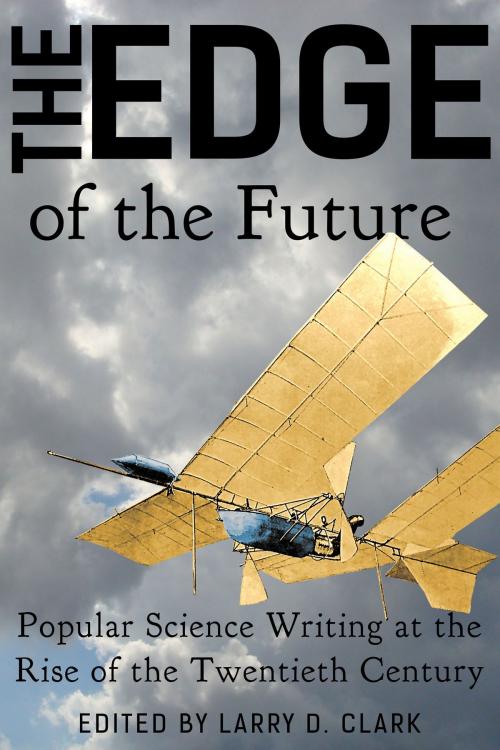The Edge of the Future
Popular Science Writing at the Rise of the Twentieth Century
Nonfiction, History, Modern, 19th Century, Science & Nature, Technology| Author: | Larry D. Clark, Cleveland Moffett, Henry J. W. Dam | ISBN: | 9780991202010 |
| Publisher: | Iron Owl Books | Publication: | January 20, 2014 |
| Imprint: | Language: | English |
| Author: | Larry D. Clark, Cleveland Moffett, Henry J. W. Dam |
| ISBN: | 9780991202010 |
| Publisher: | Iron Owl Books |
| Publication: | January 20, 2014 |
| Imprint: | |
| Language: | English |
Magazines of the late nineteenth century brought fiction, political commentary, history, and articles on astounding inventions and discoveries into the homes and minds of an increasingly literate population in the United States. This collection brings together science stories and illustrations that stirred the imaginations and curiosity of Victorian readers of the new McClure’s Magazine.
On those pages, Alexander Graham Bell predicted that thoughts might be transferred from person to person. He imagined hearing aids for the deaf and the principles of television signals. Readers were introduced to automobiles—most of them electric in the America of the late 1890s—and flying machines, the x-ray, the wireless telegraph, and the possibility of life on other planets. They learned about earthquakes and volcanoes and the hunt for the temperature absolute zero. They were taken into volatile nitroglycerin hills to find how dynamite was made under the ever-watchful eye of a man concentrating on a thermometer.
McClure’s introduced readers to professional science writers, who wrote clear, compelling articles, on themes ranging from the seemingly mundane (food, water, and wine inspection in Paris) to trendy (the effort to build a powered flying machine) to the unexpected (scientific kite flying).
For those intrigued by the history of Victorian science, the origins of steampunk technology, and the intellectual ferment at the rise of the twentieth century, this collection provides original stories and images from a time of wonder and discovery.
With the original illustrations
Magazines of the late nineteenth century brought fiction, political commentary, history, and articles on astounding inventions and discoveries into the homes and minds of an increasingly literate population in the United States. This collection brings together science stories and illustrations that stirred the imaginations and curiosity of Victorian readers of the new McClure’s Magazine.
On those pages, Alexander Graham Bell predicted that thoughts might be transferred from person to person. He imagined hearing aids for the deaf and the principles of television signals. Readers were introduced to automobiles—most of them electric in the America of the late 1890s—and flying machines, the x-ray, the wireless telegraph, and the possibility of life on other planets. They learned about earthquakes and volcanoes and the hunt for the temperature absolute zero. They were taken into volatile nitroglycerin hills to find how dynamite was made under the ever-watchful eye of a man concentrating on a thermometer.
McClure’s introduced readers to professional science writers, who wrote clear, compelling articles, on themes ranging from the seemingly mundane (food, water, and wine inspection in Paris) to trendy (the effort to build a powered flying machine) to the unexpected (scientific kite flying).
For those intrigued by the history of Victorian science, the origins of steampunk technology, and the intellectual ferment at the rise of the twentieth century, this collection provides original stories and images from a time of wonder and discovery.
With the original illustrations















